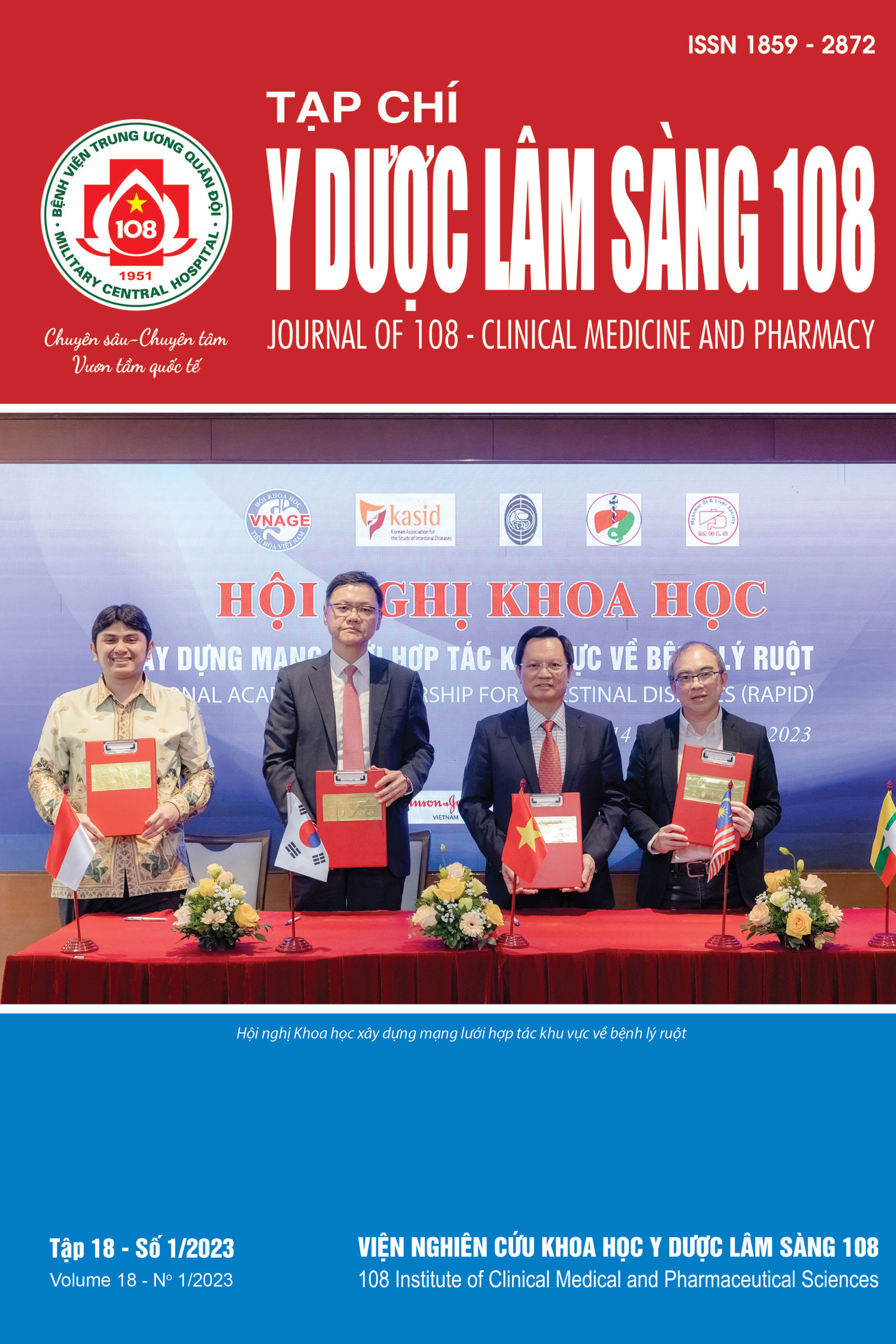Serum level of insulin-like growth factor-1 and related factors in patients with acne vulgaris
Main Article Content
Keywords
Abstract
Objective: To describe the clinical manifestations of patients with acne vulgaris and measure the serum level of IGF-1 and related factors in patients with acne vulgaris and compare to the normal controls. Subject and method: A cross-sectional descriptive study was conducted on 59 patients with acne vulgaris the Ho Chi Minh City Hospital of Dermato-Venereology in 2020-2021 and 30 healthy people in the control group. Result: The median age of acne patients was 17 years. The median age of onset for acne patients was 13 years. The median duration of illness was 6 months. Patients with acne vulgaris had a mean GAGS score of 20.85 ± 5.55 points. The patients with medium severity level accounted for the highest proportion with 30 patients (50.8%). The average serum level of IGF-1 in patients with acne vulgaris was 296.42 ± 71.21ng/ml. The serum level of IGF-1 in the normal group was 227.41 ± 101.86ng/ml. Conclusion: Serum level of IGF-1 in the group of patients with acne vulgaris was significantly higher than the control group (p<0.001).
Article Details
References
2. Cappel M, Mauger D, Thiboutot D (2005) Correlation between serum levels of insulin-like growth factor 1, dehydroepiandrosterone sulfate, and dihydrotestosterone and acne lesion counts in adult women. Archives of Dermatology, 141 (3), pp. 333-338.
3. Goldberg JL, Dabade TS, Davis SA et al (2011) Changing age of acne vulgaris visits: Another sign of earlier puberty?. Pediatric dermatology 28(6): 645-648.
4. Kang S, Amagai M, Bruckner LA, et al (2019) Acne vulgaris. Fitzpatrick’s Dermatology 1(9): 1391-1418.
5. Melnik BC, Schmitz G (2009) Role of insulin, insulin-like growth factor-1, hyperglycemic food and milk consumption in the pathogenesis of acne vulgaris. Exp Dermatol 18: 833-841.
6. Melnik BC (2012) Diet in acne: further evidence for the role of nutrient signalling in acne pathogenesis. Acta Derm Venereol 92(3): 228-31.
7. Saleh BO (2012) Role of growth hormone and insulin-like growth factor-I in hyperandrogenism and the severity of acne vulgaris in young males. Saudi Med J 33(11): 1196-1120.
 ISSN: 1859 - 2872
ISSN: 1859 - 2872
